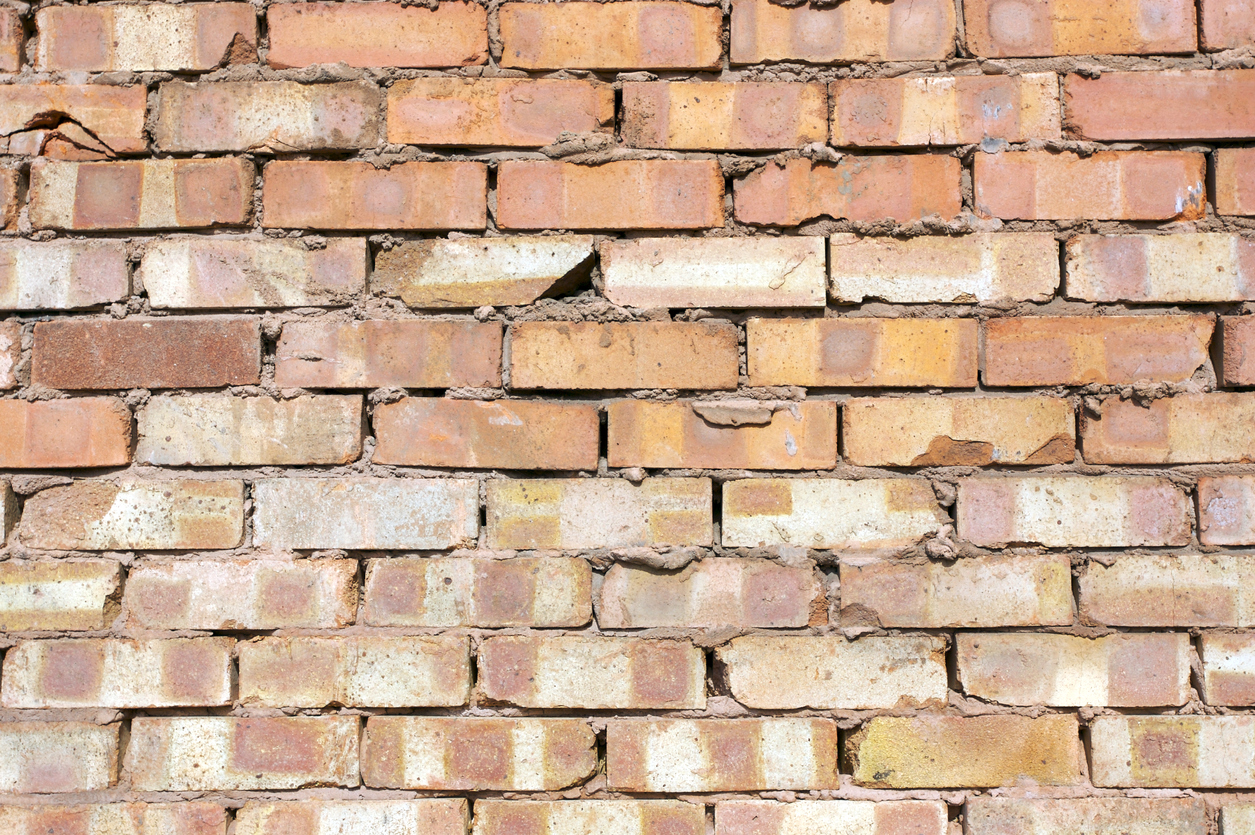Property insurance policies with language that gives insurers the power to invoke their “Right to Repair” is a trend that is, unfortunately, becoming more and more common. While the provision in these policies does sound like a good idea in theory, the way insurers utilize them is anything but as intended.
My colleague, Carter Bess, and I have recently begun diving just a bit deeper into the right to repair provisions and their effect on other coverages in property insurance policies. Carter’s recent installment, Right to Repair: How People’s Trust Insurance Company’s Preferred Contractor Endorsement Leaves Policyholders Over a Barrel, provides just a taste as to what policyholders can expect if they are ever faced with a loss and an insurance company uses this get-out-of-jail-free-card.
For quite some time now, the standard HO 3 language in a residential homeowners insurance policy has had “Our Option” language in the conditions section towards the end of the coverage for section I:
Our Option. We may repair or replace any part of the property damaged or stolen with similar property within 30 days after receipt of your signed, sworn proof of loss. Any property we pay for or replace becomes our property.
Historically, this condition has rarely been used by insurers. Now, however, the language has evolved into a policyholder nightmare. Citizens, Avatar, and People’s Trust are some of the major players taking advantage of this program, as their policies will have a slightly different “Our Option” condition language:
Our Option
At our option:
1. For losses settled on an actual cash value basis, we may repair or replace any part of the damaged property with material or property of like kind and quality.
2. For losses covered under Coverage A – Dwelling, insured for Replacement
Cost Loss Settlement as outlined in SECTION I – CONDITIONS, Loss Settlement, we may repair the damaged property with material of like kind and quality without deduction for depreciation.
3. We will provide written notice to you no later than thirty (30) days after our inspection of the reported loss.
4. You must comply with the duties described in SECTION I – CONDITIONS, C. 7 and 8.
5. You must provide access to the property and execute any necessary municipal,
county or other governmental documentation or permits for repairs to be undertaken.
6. You must execute all work authorizations to allow contractors and related parties entry to the property.
7. You must otherwise cooperate with repairs to the property.
8. You are responsible for payment of the deductible stated in your Declarations page.
9. Our right to repair or replace, and our decision to do so, is a material part of this contract and under no circumstances relieves you or us of our mutual duties and obligations under this contract.
Carefully crafted by insurance company underwriters, this option the insurer once rarely used is now being invoked at each available opportunity to disclaim liability now or in the future.
A scenario posed by Carter in his previous post was the following:
An insured property suffers a loss as a result of a fire. People’s Trust sends out an adjuster to estimate the loss, but ultimately prepares an estimate for damages to the dwelling that is insufficient to restore the insured property back to its pre-loss condition. People’s Trust then notifies the policyholder that it is extending coverage in the amount of the estimate and that it is invoking its right to repair under the Preferred Contractor Endorsement.
The policyholder advises People’s Trust that he or she does not agree with the amount of the loss. People’s Trust then requests a Sworn Proof of Loss and invokes the policy’s appraisal provision shortly after. The policyholder submits an executed Sworn Proof of Loss and supporting estimate, but People’s Trust rejects the Sworn Proof of Loss and informs the policyholder that any valuation dispute will be addressed through the appraisal process.
The party’s appraisers ultimately enter an appraisal award for more than twice the amount People’s Trust initially paid on the claim. People’s Trust then sends the policyholder a “work authorization” form that authorizes the “preferred contractor,” Rapid Response Team, to perform repairs according to the amount of the appraisal award. The policyholder then signs the work authorization and complies with all other conditions stated in the policy in order for the loss to be paid and repairs to begin.
Whereas Carter’s post then dealt with this provision’s conflict with other language dealing with a policyholder’s non-salvageable contents, this blog will address another scenario: the faulty workmanship exclusion.
One of the most common exclusions, which will be found in almost every homeowner’s insurance policy, is the faulty workmanship exclusion.
SECTION I – EXCLUSIONS
A. We do not insure for loss caused directly or indirectly by any of the following. Such loss is excluded regardless of any other cause or event contributing concurrently or in any sequence to the loss. These exclusions apply whether or not the loss event results in widespread damage or affects a substantial area.12. Existing Damage
a. Damages which occurred prior to policy inception regardless of whether such damages were apparent at the time of the inception of this policy or discovered at a later date; orb. Claims for damages arising out of workmanship, repairs or lack of repairs arising from damage which occurred prior to policy inception. However, any ensuing loss arising out of workmanship, repairs or lack of repairs, caused by a Peril Insured Against, to property described under Section I – Property Coverages, is covered unless the loss is otherwise excluded in the policy.
But that is not the only place you will find it. The example policy provision quoted above puts another workmanship-related provision in the section directly after section A:
B. We do not insure for loss to property described in Coverages A and B caused by any of the following. However, any ensuing loss to property described in Coverages A and B not precluded by any other provision in this policy is covered.
1. Weather conditions. However, this exclusion only applies if weather conditions
contribute in any way with a cause or event excluded in A. above to produce the loss.2. Acts or decisions, including the failure to act or decide, of any person, group,
organization or governmental body.3. Faulty, inadequate or defective:
a. Planning, zoning, development, surveying, siting;
b. Design, specifications, workmanship, repair, construction, renovation, remodeling, grading, compaction;
c. Materials used in repair, construction, renovation or remodeling; or
d. Maintenance; of part or all of any property whether on or off the “residence premises.”
Both exclusion provisions are similar in that damage attributable to poor workmanship is not covered if it was prior to the policy inception. In contrast, if the shoddy work is done after the covered loss occurs, then the damage will not be denied as excluded – this is “ensuing loss” arising out of workmanship. Of course, even though it’s not excluded does not mean the insurance company will not decrease the estimated value of your covered loss by a substantial sum.
The term “policy inception” can be, and often will be, interpreted to be the date in which the policy begins, even upon renewal. Another example seems fitting here:
Imagine a policyholder suffers a hurricane loss at their home, which ends up causing significant damage to the roof and the interior of the property. The policyholder has a Right to Repair provision in their policy, giving their insurer the ability to assign its preferred contractor to fix the damages instead of paying benefits to the policyholder. The insurer invokes its right to repair and assigns its preferred contractor to the claim. Unfortunately, the preferred contractor is bogged down with hundreds of other claims, and its repair efforts are delayed. When the preferred contractor finally arrives at the property, the time spent working on the repairs to the roof and the interior is shortened due to their busy schedule and their need to get out to other homes.
After the preferred contractor leaves, the insurance company sends correspondence to the policyholder and notifies them that the claim will be closed. The policyholder trusts that the insurance company and its hired representative have done a satisfactory job repairing the damages and allows the insurer to close the claim.
A year and a half later, the policyholder’s home has a pipe burst in the kitchen, which ends up damaging the interior of the home again. Some of the damages are overlapping in areas that were affected by the hurricane. The insurer immediately sends out an adjuster, who, upon his initial inspection, concludes that this overlapping area of damages is instead attributable to shoddy contractor work and therefore denies the portion of their claim.
It sounds messed up because it is. The preferred contractor, you know – the one assigned by the insurance company, was the person who contributed to the damages, and because this loss happened in a policy period after the damage from the hurricane, the policyholder’s claim could be affected by the insurance company’s own agent. So, of course, they are “preferred” if they can be used like this.
The more these managed repair programs begin showing up in homeowner’s policies, the more insurers will take advantage of them. If claims continue being mishandled by preferred contractors only for an insurer to use it to their advantage, then these types of general policy exclusions, such as faulty workmanship, must evolve to account for these situations.




